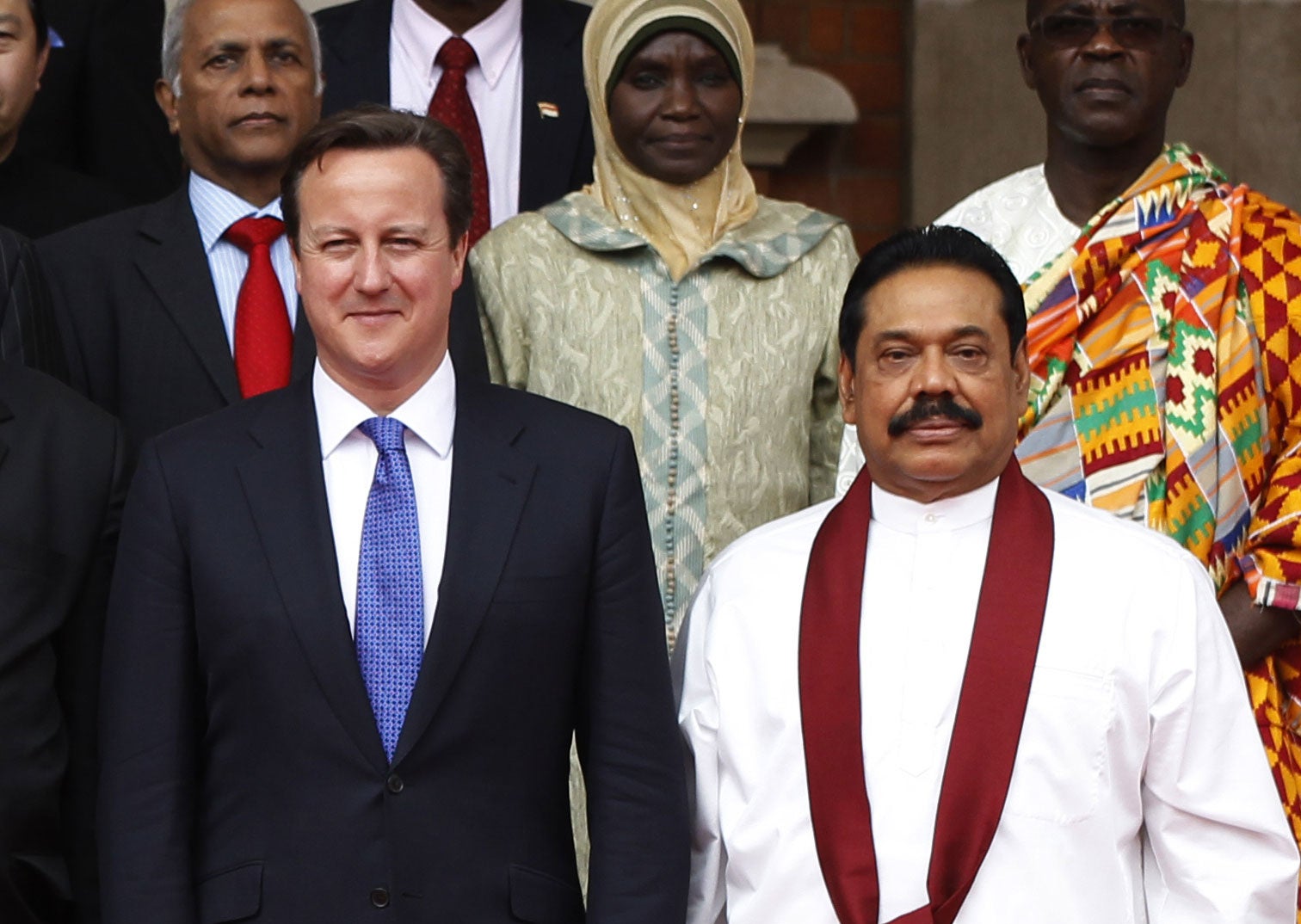I only watched ‘No Fire Zone’ by chance. But its revelations about Sri Lanka are surely unmissable
How can it be that the message of this documentary hasn't got through?

About two minutes in to No Fire Zone and holding the remote control I asked my mum if she wanted to change the channel back to Was It Something I Said, the comedy quiz show the family sometimes takes in after Homeland on Sunday nights. The answer was no. As a result, we watched this report on how in 2009 Sri Lanka’s government ushered Tamil civilians into “safe zones” – before subjecting them to sustained fire from heavy weaponry.
Neither of us had heard the story before. By the end of the broadcast – after 50 minutes of footage showing troops deliberately shelling hospitals, executing huddled prisoners, and yanking around the corpses of raped Tamil women – neither of us could believe the concluding point. In ten days’ time David Cameron and William Hague will meet and shake hands with the orchestrators of this massacre, in which the UN estimates 70,000 civilians were killed, at the Commonwealth Heads of Government meeting.
How is No Fire Zone’s message – that Sri Lanka should be a pariah state – not getting through?
This is not the first time that these war crimes have been shown on TV, nor is it the first time our Government has been informed of them. Much of the same footage was shown in the 2011 film Sri Lanka’s Killing Fields, also directed by Callum Macrae. Cameron – who didn’t watch that show himself – nevertheless alluded to it as “extremely powerful” in parliament. But two years later here we are. The Prime Minister is about travel to Colombo, Sri Lanka to discuss matters including “international peace and security” with President Mahinda Rajapaksa, the smiling head of this ethnic cleansing operation.
It is an awkward fact that the scale of civilian deaths does not automatically determine the level of attention they will receive. Sometimes the story won’t reach the news agenda, others it can be effectively suppressed. As pointed out in yesterday’s Independent, the Sri Lankan government has hired PR firm Bell Pottinger to clean up its image. Aside from that, 22 journalists critical of President Rajapaksa have been murdered. The Lonely Planet recently felt comfortable enough to name Sri Lanka and its white beaches as the top travel destination for 2013.
Perhaps it is also harder to reach the nation through documentary reporting today. After No Fire Zone finished, my mum said it was the most distressing thing she had seen since the broadcast of the Ethiopian famine in 1984. That footage led to a tenfold increase in newspaper coverage, and a massive – if rightly criticised – aid effort.
But in those days, without cable TV, iPlayer or Sky Plus, people didn’t have as much chance to select what they viewed. I would never have chosen to watch No Fire Zone – usually I catch Homeland later on 4oD. Only a jink in routine brought home what were by some distance the worst images I have seen in my lifetime. Children wrapped in plastic. People screaming over butchered corpses. What will be more horrifying still is if David Cameron and British tourists keep behaving as if this can be washed away, like so much blood on a beach.
Join our commenting forum
Join thought-provoking conversations, follow other Independent readers and see their replies
Comments